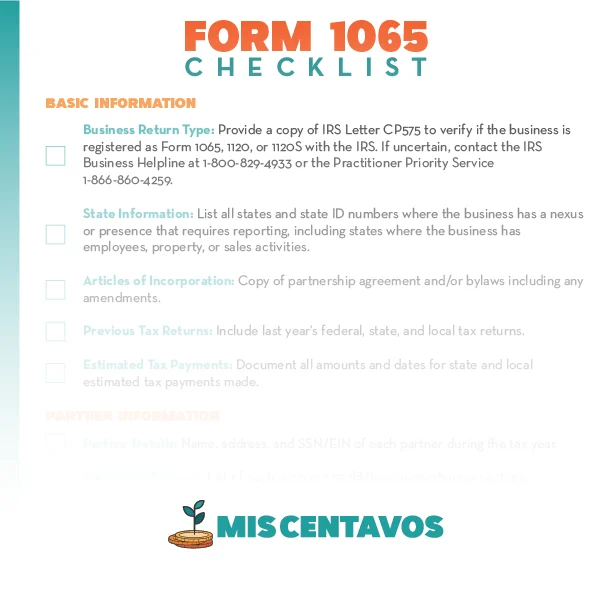A Recovery Plan That Will Keep Your Business Thriving
Running a small business can be a challenging and unpredictable venture, with plenty of ups and downs along the way. Small businesses should be prepared for economic downturns, such as writer strikes, pandemics, and rising inflation or interest rates, by anticipating them in advance. While there’s no way to completely eliminate the risk of setbacks, having a recovery plan in place can help ensure that your business is prepared to weather any storm. Here are some steps to take when creating a recovery plan for your small business:
Identify Potential Risks
Start by identifying the most likely risks that your business may face, such as a natural disaster, a sudden drop in sales, or a cybersecurity breach. Consider both internal and external risks that could impact your business.
Prioritize Risks
Once you’ve identified potential risks, prioritize them based on their likelihood and potential impact. This will help you allocate resources and focus on the most critical areas.
Develop Strategies
Next, develop strategies for how you will respond to each potential risk. This might include creating a disaster preparedness plan, developing marketing strategies to boost sales, or investing in cybersecurity measures.
Build a Team
It’s important to have a team in place that can help you execute your recovery plan. This might include employees, business partners, or outside consultants. Make sure everyone knows their roles and responsibilities, and conduct regular training and drills to ensure everyone is prepared.
Monitor and Evaluate
Finally, it’s important to regularly monitor and evaluate your recovery plan to ensure it’s effective and up-to-date. This might include conducting regular risk assessments, reviewing your insurance policies, or revisiting your strategies based on new developments or changes in the market.
While it’s impossible to predict every challenge that your small business may face, having a recovery plan in place can help ensure that you’re prepared to overcome any obstacles. By identifying potential risks, prioritizing them, developing strategies, building a team, and monitoring and evaluating your plan, you can help ensure the long-term success of your small business.
Follow our blog for more financial advice for small business owners.
Related Posts
Was this helpful?



